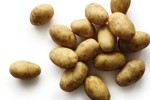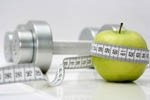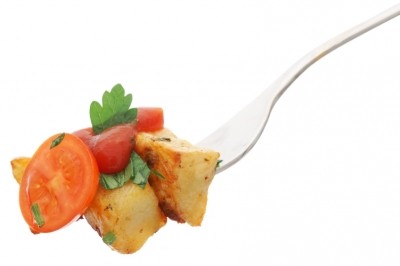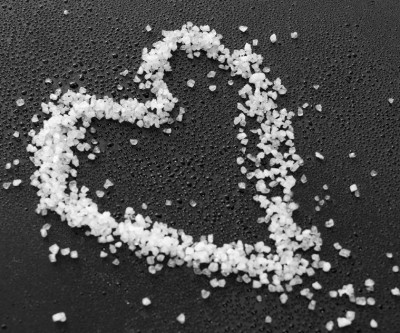Dispatches from the ADA Conference 2011
Potassium and sodium targets are incompatible, warns academic

Analysis of NHANES (National Health and Nutrition Examination Survey) dietary intake data revealed that meeting targets for these two nutrients - but at the same time complying with the rest of the 2010 dietary guidelines - was virtually impossible without wholesale dietary changes to eating patterns, claimed Dr Adam Drewnowski, director of the Center for Public Health Nutrition at the University of Washington in Seattle.
‘Mathematically impossible’
In fact, just nine out of 20,000 people surveyed met targets for potassium (4,700mg/day) and sodium (<1,500mg/day), claimed Drewnowski; and they had only achieved this though consuming a diet that was lacking in many other respects.
He added: “We could find no combination of foods that satisfies the low sodium requirements and ensures people get all the nutrients they need. It was mathematically impossible. This is one of the problems of looking at nutrients in isolation.”
If people were going to meet low sodium targets, they would have to fundamentally change their eating habits, which would in turn require a “profound modification of the US food supply”, claimed Drewnowski, who has long argued that policymakers should spend more time looking at what people actually eat – and what they can afford to buy – before issuing recommendations.
“Achievable lowest sodium food patterns were very high in fruit juices, nuts and seeds but low in grains and meats. But are these eating patterns feasible?”
Potatoes are a particularly good source of potassium
One challenge was that several foods that were high in potassium were correspondingly high in sodium (canned tomatoes etc), noted Dr Penny Kris-Etherton, professor of nutrition at Penn State University.
Similarly, while dieticians typically urged people to eat a variety of fruits and vegetables, she added, the reality was that they needed to be far more specific about which ones to buy if they wanted consumers to meet the 4,700mg/day target for potassium.
“If we want to meet the goals we must be more specific about what to eat: bananas, cantaloupe, dried apricots, spinach, papaya. It can be done but it’s not easy.”
But this in turn raised questions about affordability, said Drewnowski. “Are these foods affordable and are they something you could eat every day? It might be better to recommend something that is a bit lower in potassium but is more affordable and is consumed more frequently.”
Potatoes were a particularly good source of potassium, vitamin C and fiber and one of the most affordable foods available, he said. “We also know that potatoes are a great vector for bringing in vegetables; if you have potatoes on your plate you are more likely to have a serving of vegetables as well.”
People eat the foods they can afford
Drewnowski recently co-wrote a high-profile paper in the journal Health Affairs on the economic impact of following the 2010 dietary guidelines.
Speaking to FoodNavigator-USA after it was published he said: “Some nutritionists … will tell you … their job is to advise people on the healthiest possible diets that lower disease risk. [But] unrealistic advice is useless: people eat the foods they can afford. Dietary guidelines would benefit from a reality check.”
According to the study – conducted by Drewnowski and colleagues Pablo Monsivais and Anju Aggarwal – consuming the amounts of potassium and dietary fiber recommended in the 2010 Dietary Guidelines could prove “prohibitive” for people on low incomes unless food consumption patterns and relative food prices changed.

















